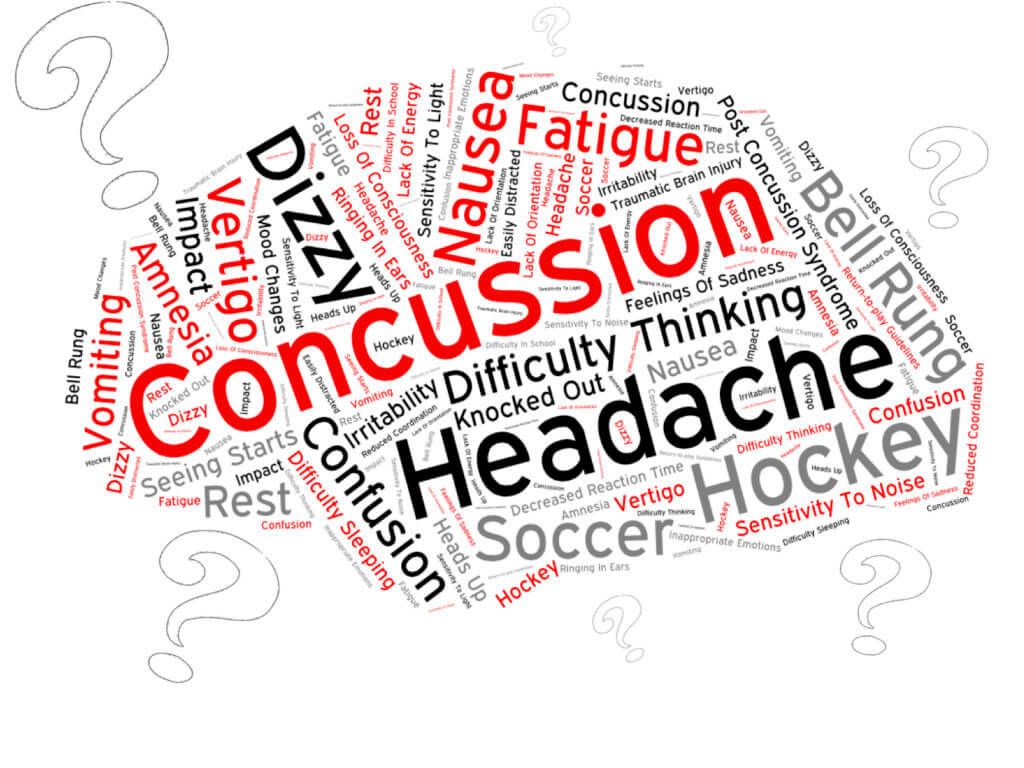 Published April 27, 2016
Published April 27, 2016
By SARAH DOOLITTLE, Four Points News
A national conversation is currently taking place in the U.S. about concussions and their potential long- and short-term risks, especially for young athletes.
The risk of potential long-term harm to a child’s developing brain from injury is still largely unknown. There are many questions about concussions including: how many can a child safely sustain? Of what severity? And at what age?
The numbers show that Leander ISD has just over 6,000 eligible athletes, and concussion numbers for the current year are up considerably from last year. While in the 2014-15 school year LISD treated 185 concussions, as of the end of March 2016, LISD had treated 216 concussions.
According to the Center for Injury Research and Policy, for high school athletes in 2010, head injuries from soccer outnumbered basketball, baseball, wrestling and softball combined. Football also makes up a large number of cases.
In 2015, Texas Family Physicians evaluated approximately 105 concussions from the greater Austin area. These predominantly included football, volleyball, soccer and lacrosse.
“All sports have a risk of concussion,” said Dr. Martin Molina, a local, family physician at Texas Family Physicians, which has an office in Four Points.
 Putting safety first
Putting safety first
“Listening and following directions from coaches and trainers is important to minimize chances of a concussion,” Molina said.
As Molina advises, “It is important for the athlete to practice and perform the proper techniques that they are taught regarding their sport,” in order to best prevent injury.
Nationwide, some groups have challenged why young athletes should be allowed in sports that can potentially have higher risks for head injuries. Some have wanted to ban young athletes from playing soccer or tackle football.
But Molina disagrees. “I do not feel the sport should be banned.” He would like instead to see, “a continued focus on the specifics of the game such as proper tackling technique and blocking, appropriate hydration and continued educational training for coaches and athletes.”
Leander ISD has designed policies in keeping with state law to ensure the risk to students is minimized and that, when students are concussed, proper treatment and protocols are followed.
According to Veronica Sopher, spokesperson for LISD, coaches in the school district are required to have two hours a year of UIL-approved concussion training.
For students suspected of a head injury, the district, “follows Natasha’s Law (HB 2038) that requires the school district to establish a concussion policy. If a student athlete is suspected of having a concussion he or she must be pulled from all activities for the rest of that day and cannot return until evaluated by a physician. This decision can be made by the coach, a physician, a licensed healthcare professional, or the student’s parent, guardian, or person with legal authority to make medical decision for the student.”
This policy is in keeping with Molina’s medical advice to parents who suspect their child may have suffered a concussion.
“Have the child evaluated as soon as possible after the injury. Make sure lines of communication are open between the injured player, parents, coaches, teachers and medical provider to better ensure an appropriate recovery,” he said.
Technology helps evaluate, protect
Evaluation at an LISD school can include, “tools that are useful in helping evaluate and assess concussions such as cervical neck stabilization and computerized ImPact testing.”
Sopher points out that, “LISD also uses a computer based cognitive baseline test used to help test the severity of a concussion and the help with the rehabilitation process.”
Furthermore, “LISD was one of the first school districts in the Central Texas Areas to start baseline testing all athletes,” Sopher said.
Other equipment and technology can be used to help prevent injuries to the body or brain, and LISD, “uses the top of the line equipment,” according to Sopher.
Parents can also buy additional safety gear, such as padded undergarments or more expensive helmets.
There is other, new technology still in the development and testing phase meant to measure impacts to the head. For example, the company i1 Biolmetrics makes the Vector Mouthguard, a mouthguard that, when worn by an athlete, measures blows to the head and sends that data in real time to a laptop or cell phone for monitoring,
St. Stephen’s Episcopal School uses the Vector Mouthguard and the school’s Head Athletic Trainer, Kathy Rainey, appreciates that is allows them to, “share the data. Parents will come down at halftime and after games and ask to view their child’s data… I also email or call parents after games or practices if data shows that an athlete took a particularly hard hit. This allows the parent to monitor their child. Parents are very appreciative.”
LISD is still in the waiting phase before implementing such technology, as what is currently available, “has not been tested on a scale large enough to compare to the size of LISD or its campuses. We will continue to examine and look at any type of technology that can help our athletes… to determine the feasibility of use and purchase for a district like ours that is based on data presented which is verifiable and proven effective.
This is a series on the risk of concussion in youth sports and in other parts of this series, Drew Sanders, Vandegrift athletic director, and Four Points Pop Warner share about concussion protocol .
